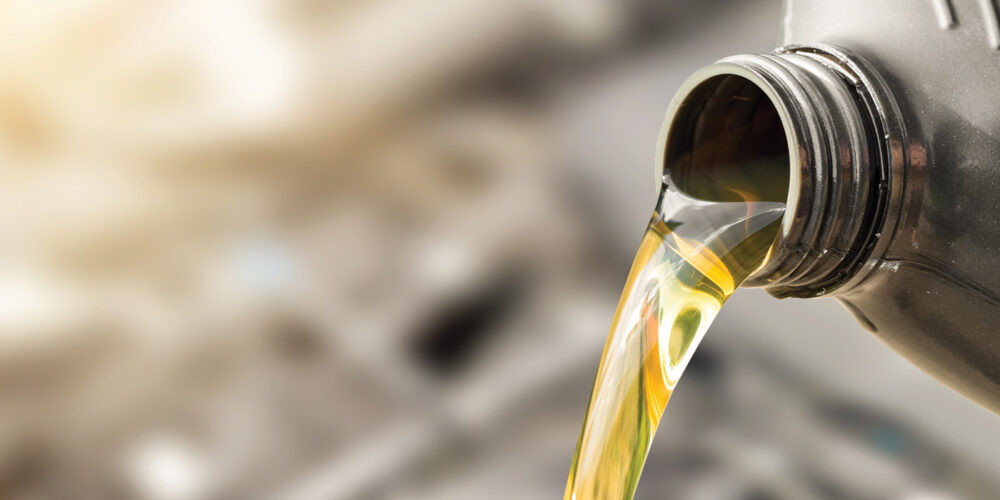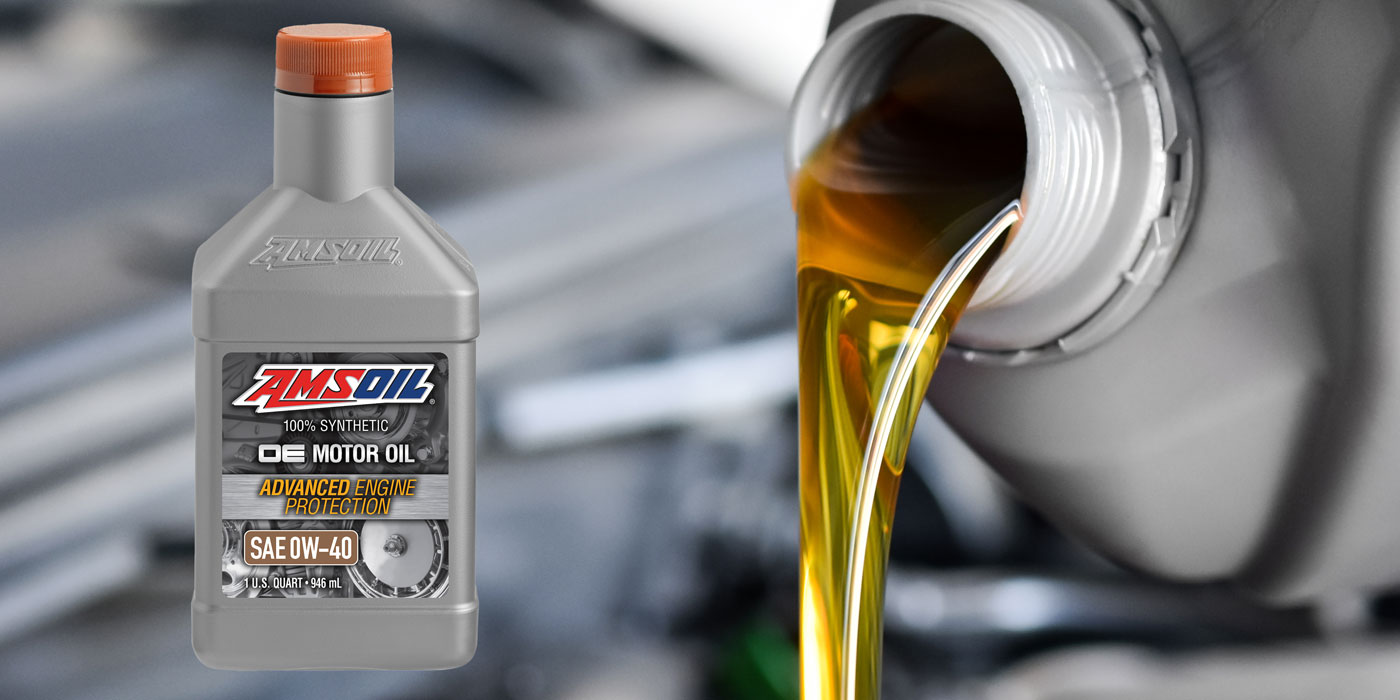Engine oil has become an integral part of automakers’ fuel-economy and emissions strategy, with each company specifying its own unique blend of base stocks and additives to achieve specific goals. The result has been a surge in specialized lubricants, and no small amount of confusion over the “correct” recommendations for each application.
While there are multiple oil specifications (even within a single manufacturer) to sift through, these criteria often relate to the varying levels of sulfated ash, phosphorous and sulfur (SAPS) found in these additive packages. As far back as the 1990s, oil manufacturers began to reduce the amount of phosphorous (and zinc) in their additive packages, as these anti-wear and anti-oxidant elements had a nasty side effect: catalytic-converter failures.
Bonding with platinum found in the catalyst bed, zinc and phosphorous reduce the efficiency of the catalyst, increasing emissions to unacceptable levels. The new oil formulas were great for contemporary vehicles, but classic and other pre-converter vehicles were prone to increased wear. ZDDP (zinc dialkyl dithiophosphate) additives restore these lost elements, but only should be used in applications without catalytic converters.
Sulfur became a key talking point in the early 2000s, as diesel fuels began to transition to “ultra-low-sulfur diesel” (ULSD) formulas to meet increasingly strict EPA guidelines. Sulfur reduction allows for the use of emissions-aftertreatment devices such as particulate filters and catalysts common in modern diesels. Sulfur, as part of the SAPS content in engine oils, has the same negative effect on pollution-control devices, contaminating catalysts and increasing buildup of particulate materials.
SAPS levels vary among these engine-oil specifications, and are selected based on engine design, the emissions equipment used and even manufacturer-specified oil-change intervals. European specs often are the most visible, with Mercedes, Volkswagen-Audi and BMW groups each specifying multiple standards across their lineups. Specifications for naturally aspirated or turbocharged gasoline engines may differ from those for diesels with and without aftertreatment devices. Higher-SAPS engine oils are generally suitable for older or higher-mileage applications, and for those with extended oil-change intervals – but not for those with particulate filters.
“European Formula” engine oils often contain mid-to-high levels of SAPS, due to the extended oil-change intervals, from 10,000 to 15,000 miles for some manufacturers. The European market has a significant number of light-vehicle diesel engines, especially when compared to the U.S. market. Emissions standards in the European Union are stricter than ours, so many of the pollution-control systems now in use stateside are already familiar to European engineers.
Lower-SAPS oils (by definition) will contain less ash, phosphorous and sulfur, reducing the amount of particulate matter that eventually can collect downstream or be released into the atmosphere via the exhaust. For vehicles that employ a particulate filter in their exhaust system, this means less buildup of ash-based residue, extending the service life of the filter, and reducing the frequency of regeneration events.
Here in the U.S., diesels are most prevalent in light trucks and SUVs. DPF-regeneration events fall into two categories: passive and active. Passive regeneration happens on its own, usually at highway speeds and under load, while active regeneration requires the PCM to alter its fuel or timing strategy to increase exhaust-gas temperature to a level high enough to “burn” particulates from the DPF.
Lower-SAPS engine-oil formulations are better-suited to these diesels (as well as gasoline vehicles with three-way catalytic converters) because there’s less residue to potentially contaminate aftertreatment devices, and they also can provide modern engines with longer service life. The unfortunate trade-off for most of these formulations is oil life, so some manufacturers choose to specify mid-level SAPS content in some applications.
European oil standards are set by the European Automobile Manufacturers’ Association (known as “ACEA,” an acronym based on the French translation). Like the API standards, ACEA standards categorize engine oils for gas and diesel usage, but also consider further parameters for emissions and fuel economy. Along with the API designation and the manufacturer’s specifications, you’re likely to see the ACEA A/B (gas/diesel) or C (three-way catalyst or aftertreatment diesel) classification on these Euro-specific oils.
When specifying or recommending engine oils for ANY vehicle, the owner’s manual is the primary source of reference. It not only contains the factory-authorized fill information, but often gives alternate information useful to making an informed substitution when necessary. If your e-catalog suite includes lubricant reference information, these specs also can be easily consulted and compared to the labels of your oil inventories. If your required manufacturer’s standard isn’t printed plainly on the oil container, most oil vendors’ websites now feature compatibility and selection widgets.













